Search

Flea Beetles Defoliating Canola in South Dakota
This year flea beetle emergence is behind schedule, but so is a lot of the canola emergence. We are observing very large flea beetle populations on late-planted canola that is just emerging. As a result, much of this canola is being heavily defoliated and will likely require foliar insecticide management.
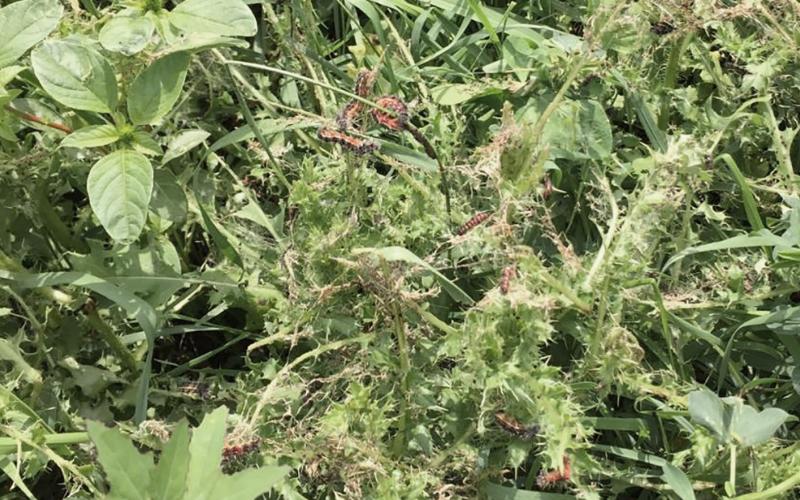
Thistle Caterpillars Showing Up on Canada Thistle
This week we received reports of caterpillars feeding on Canada thistle. After taking a look at the caterpillars, we determined that they are thistle caterpillars. However, we typically don’t see thistle caterpillar activity in S.D. until July or August. So why are they showing up so early this year?
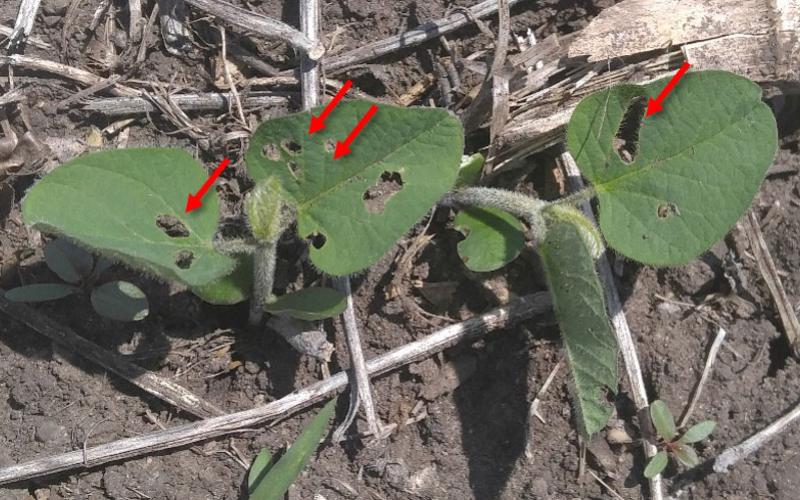
Scout Soybeans for Bean Leaf Beetle Feeding
We are receiving numerous reports and also observing very large bean leaf beetle populations this year. As a result, there is also a lot of concern about soybean defoliation due to the emergence and subsequent feeding by the overwintering adult population.
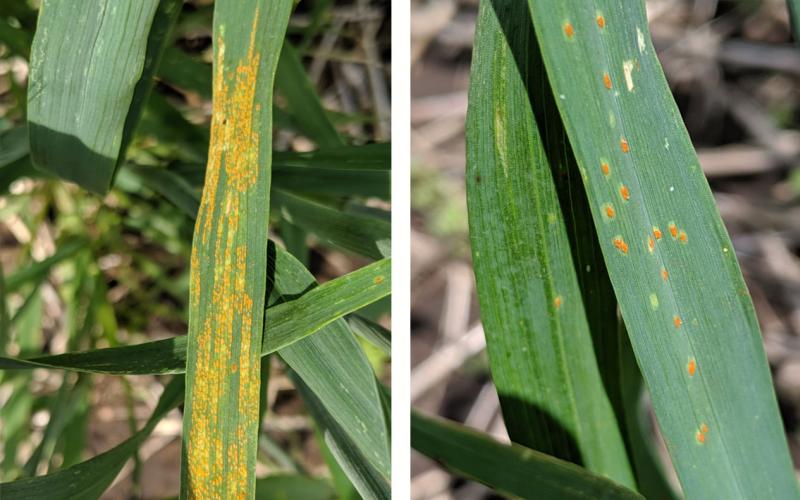
Stripe Rust and Leaf Rust Developing in Winter Wheat
Stripe rust and leaf rust were found in winter wheat plots at the SDSU research farm in Aurora. Observation of these two rusts indicates that we have inoculum in our area, therefore winter wheat fields should be scouted until wheat is done flowering.
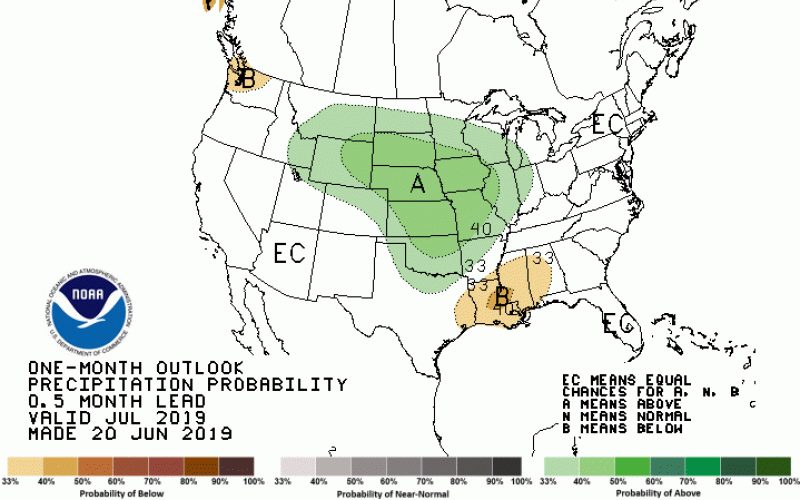
July 2019 Climate Outlook: Challenges Continue
This year’s seasonal pattern of wetter than average conditions is projected to continue through July and the rest of the summer season. The latest climate outlook, released June 20, 2019, shows an increased chance of wetter than average conditions in the next one to three months for the state of South Dakota.

Housing Across the Life Span: Consumer knowledge, preferences, and barriers
The goal of this study was to understand perceptions of aging in place and identify next steps to remove barriers to successful aging in place.
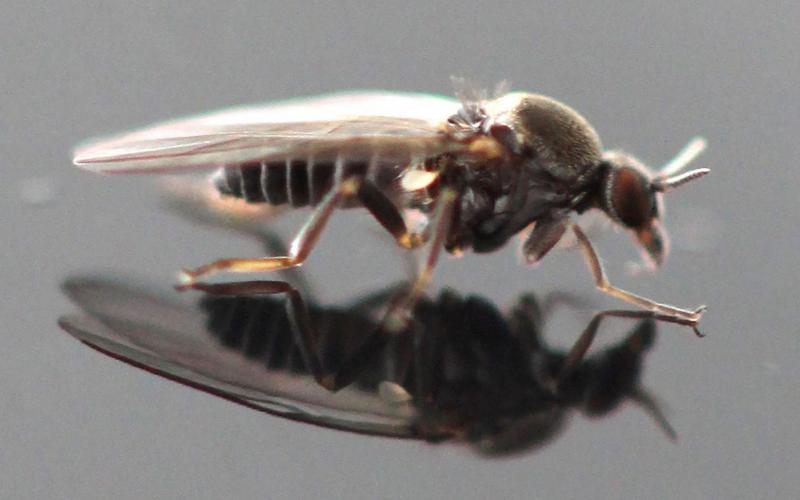
What Are Those Little Flies That Keep Biting Me?
If you have been swarmed and bitten by small black flies this year, you’re not alone. The culprits of these bites are commonly referred to as black flies or buffalo gnats. The reason we are noticing so many in 2019 is likely due to favorable spring conditions that included a lot of moisture.
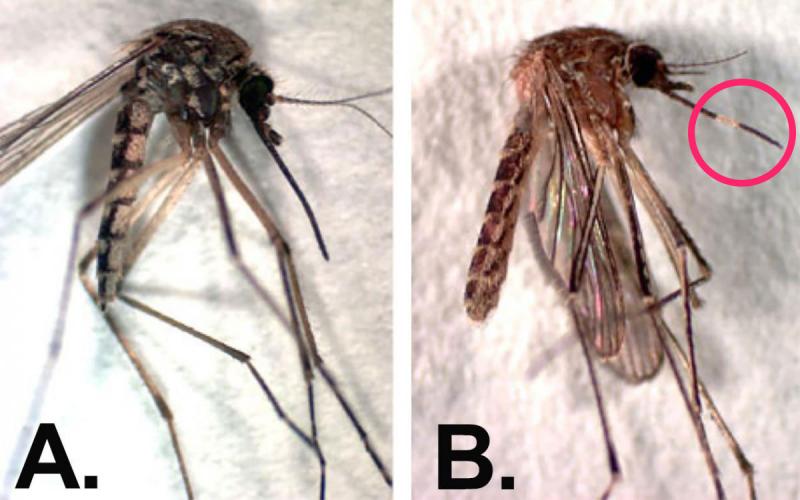
Be Ready for Mosquitos
With the very wet 2019 spring and recent rains, it inevitable that mosquito populations will be high this year. Although there are over 20 species of mosquitoes that call South Dakota home, there are really only two species that account for the majority of observed individuals.

Ditch Hay: Harvesting, Quality, and Feeding
Using ditch hay to feed cattle is a common practice across the U.S. It provides livestock producers with a source of readily available forage, which can be very useful, particularly during feed shortages.
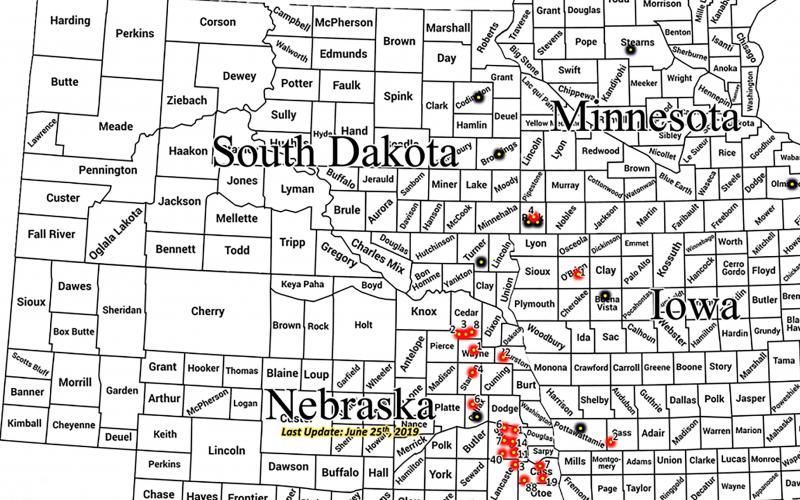
Soybean Gall Midge Are Emerging Around Us, But No Captures in S.D.
Last year, the soybean gall midge caused a lot of issues in soybean, including lodging and up to 50% yield loss. In an effort to determine when soybean gall midge adults are emerging in 2019, a network of emergence traps has been established in South Dakota, Nebraska, Iowa and Minnesota. So far, emergence of the adult soybean gall midge have been reported from Iowa, Nebraska and Minnesota.